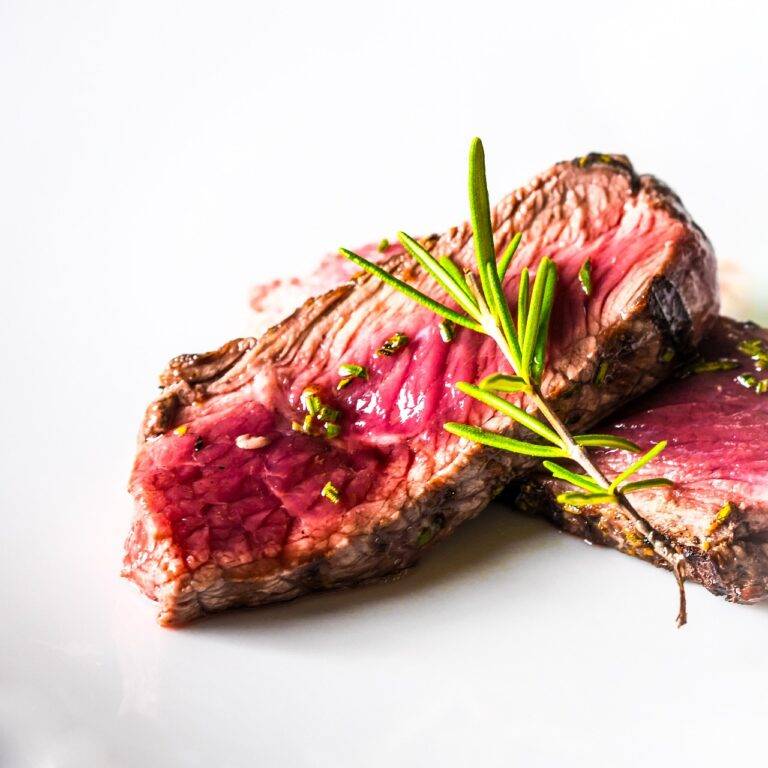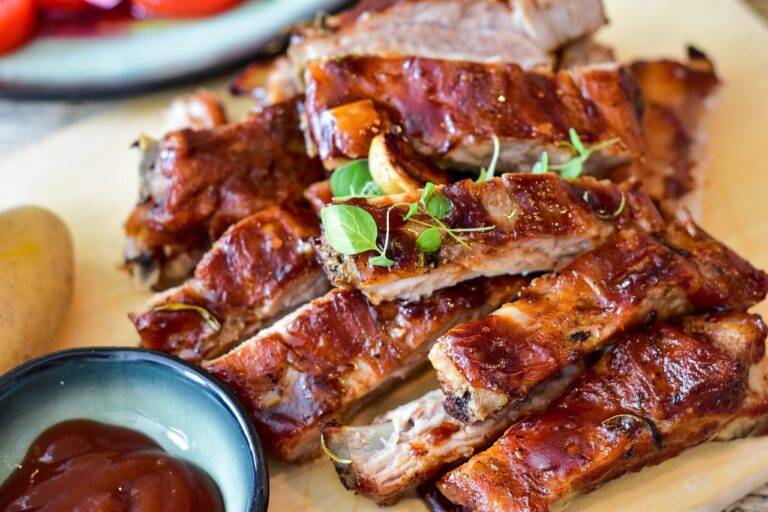Unveiling the Secrets of Food Preservation Techniques
Food preservation is a crucial method used for extending the shelf life of various food items. By inhibiting the growth of microorganisms, yeasts, and molds, the process helps maintain the freshness and quality of the food. Different techniques, such as canning, freezing, drying, and pickling, are employed to slow down the spoilage of food and prevent the growth of harmful bacteria.
One of the oldest methods of food preservation is drying, which involves removing moisture from food items to inhibit bacterial growth. Canning, on the other hand, involves sealing food in airtight containers to prevent oxygen from reaching the food and causing spoilage. Freezing is another common technique that drastically reduces the temperature of food items, slowing down the growth of bacteria and enzymes. Overall, food preservation techniques play a significant role in ensuring food safety and reducing food waste in households and industries alike.
History of Food Preservation Techniques
Throughout history, various techniques have been employed to preserve food and prevent spoilage. One of the oldest methods is drying, which involves removing moisture from food to inhibit the growth of microorganisms. This method dates back thousands of years and is still commonly used today for preserving fruits, vegetables, meats, and herbs.
Another traditional preservation technique is fermentation, a process that involves beneficial bacteria breaking down sugars in food to produce lactic acid, alcohol, or other compounds that act as natural preservatives. Fermented foods like yogurt, kimchi, sauerkraut, and pickles have been enjoyed for centuries and are known for their unique flavors and health benefits.
What is the purpose of food preservation?
Food preservation techniques are used to extend the shelf life of food by inhibiting the growth of bacteria, yeast, and mold.
How far back in history do food preservation techniques date?
Food preservation techniques date back thousands of years, with ancient civilizations using methods such as drying, smoking, and fermenting to preserve food.
What are some traditional food preservation techniques?
Some traditional food preservation techniques include canning, pickling, salting, curing, and fermenting.
How has technology impacted food preservation techniques?
Technology has revolutionized food preservation techniques, with the introduction of refrigeration, pasteurization, and vacuum packaging allowing for longer shelf lives and improved food safety.
Why is it important to preserve food?
Food preservation is important for ensuring a stable food supply, reducing food waste, and making nutritious foods available year-round.





